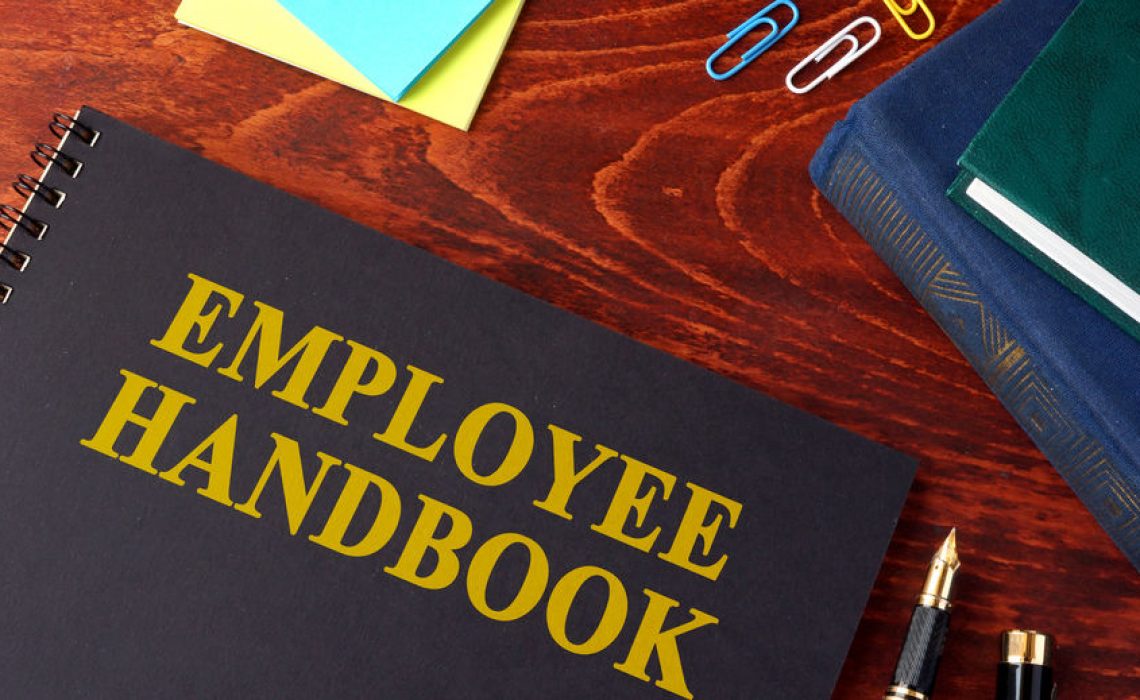
Employee Manuals: Necessity or Luxury?
As an employer, do you need an employee manual? If your business already has an employee manual, when was the last time it was reviewed and revised? If it has been some time since the manual was prepared, you should consider updating it because, among other things, the laws governing employment are constantly changing.
Some benefits of having an employee manual include but are not limited to:
- Without a written manual, the employer is less likely to be able to prove that the employee knew of the rules or policies of the employer;
- Oral representations and unwritten policies may be legally binding on the employer; and
- There is a good chance that someone in a supervisory or management role may inadvertently or unintentionally make a statement to an employee that destroys the “at-will” relationship.
A well-written employee manual can be an effective management tool. In order to be an asset to the employee/employer relationship, the employee manual should, at a minimum: provide consistent corporate policies and procedures, educate the workforce on corporate policies and procedures, ensure management are consistent in enforcing workplace rules, allow for consistent and appropriate application of federal and state laws relating to employment matters including but not limited to: anti-discrimination, Family Medical Leave Act (“FMLA”), Fair Labor Standards Act (“FLSA”), state wage & hourly, National Labor Relations Act (“NLRA”), privacy laws, and workplace safety and bullying; provide a complaint mechanism; outline benefits – insurance, vacation leave, and/or sick leave; leaves of absence; and address the “at-will” employment relationship.
Some essential topics to consider when preparing the manual include but are not limited to:
- Introduction: Welcomes employees and provides an overview of the company, which may include a Mission Statement, Goals and Company Philosophy.
- Disclaimer: This section may include language that: provides for the employer to make changes to the manual, unilaterally; newer versions supersede older versions; the manual is not a contractual relationship between employer and employee; benefits explained therein are summaries; employment with the company is “at-will”; and identifies members of management for guidance and as a point of contact regarding the manual and its contents.
- Categories of Employees: Defines: full-time, part-time, temporary or regular employees; and hourly or salaried employees. Oftentimes, different levels of employees have different policies and benefits. It should include a section that addresses: work hours, paid breaks, and mandatory lunch period – duration and timing; overtime pay – who is eligible, rate of overtime pay, whether prior approval is required; the company’s attendance policy; leaves of absence – family, medical, military, jury, or otherwise; vacation, sick or PTO leave; health insurance – who is eligible, what is paid by employer, and contact information for a member of management to contact with health insurance questions; disability insurance – who is eligible, duration, benefits, etc.; and pension and profit sharing – eligibility, whether matching or not; etc. · EEO POLICY: Outlines anti-discrimination laws and company policies relating thereto, and provides a complaint procedure including a no retaliation provision.
- ADA Policy: Provides an ADA overview; outlines company policies, which may include seeking to provide accommodations that are reasonable, requiring medical care provider participation, and identifying member or members of management to contact when requesting reasonable accommodations.
- Harassment Policy: Defines types of harassment, specifies prohibited conduct, and outlines complaint procedure including a no retaliation provision.
- Timekeeping Policy: May include: timekeeping for employees, stressing the importance of accurate recording of time; policy for dealing with falsification of records; and the requirement to immediately report timekeeping error to supervisor or management.
- Workers’ Compensation: May include: Accident procedure and forms, immediately reporting of accident to supervisory or management, contact information for reporting.
- Safety Policy: Includes: safety measures, policy for mandatory reporting of all workplace incidents and unsafe conditions, expectations that employees are to come to work free of alcohol or drugs; and a zero tolerance policy for violence and weapons in the workplace.
- Disciplinary Policy: May include: Mechanism for disciplinary actions – verbal warnings, written warnings, probation, suspensions, leave with pay, leave without pay, and termination, etc.; and language that reminds employee that nothing in this section changes the “at-will” relationship.
- General Complaint Policy: Steps to take, reasons for taking steps, no time limit on complaints, forms to submit for complaints, and to whom complaints should be addressed.
- Internet or Social Media Policy: Outlines company policies, laws, and other pertinent material relating thereto.
- Receipt for Copy of Manual: May include: a statement acknowledging receipt of manual, with an understanding that the employee must review, restating the at-will employment relationship. Include a signature block and date line for employee. An employee manual is a complicated document, which can have significant legal implications. As such, it is prudent for the employer to allow its counsel to prepare the employee manual for its employment needs.
Jacqueline Gaithe has a varied practice that includes employment law matters.



